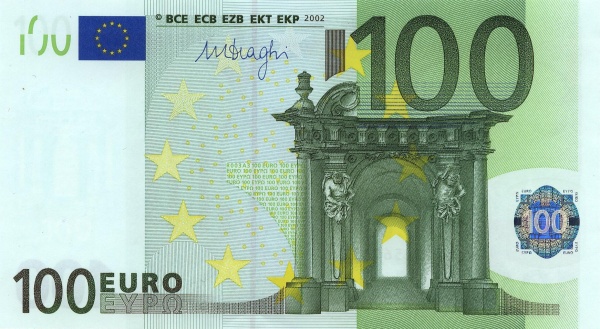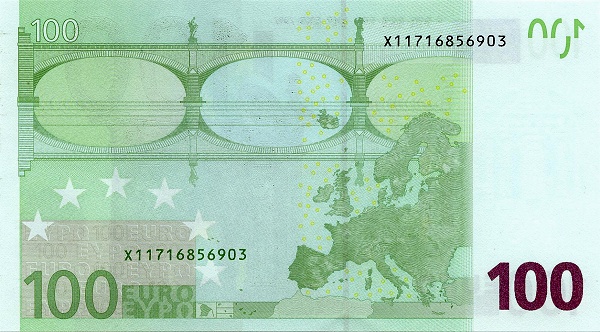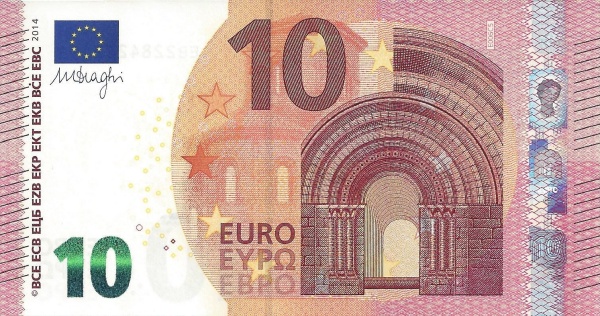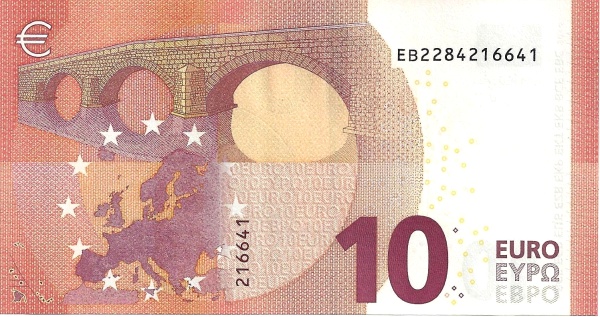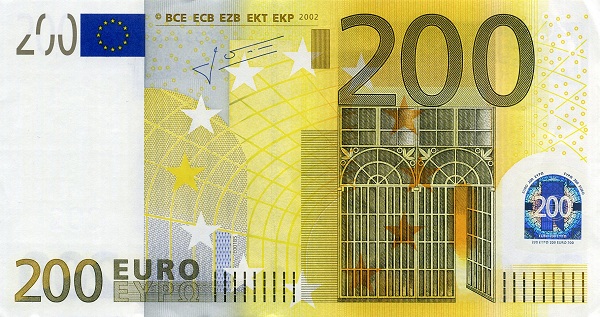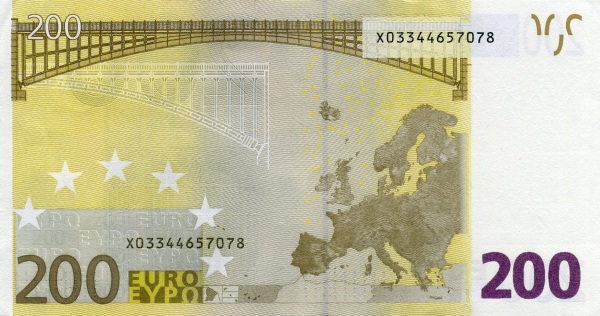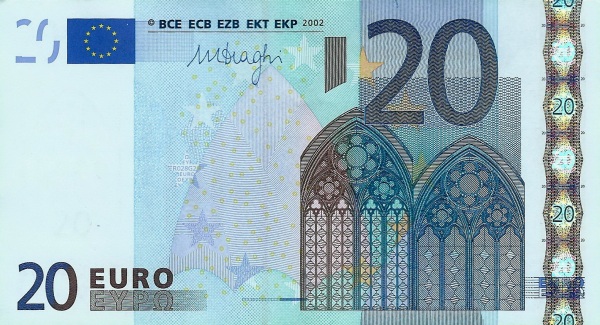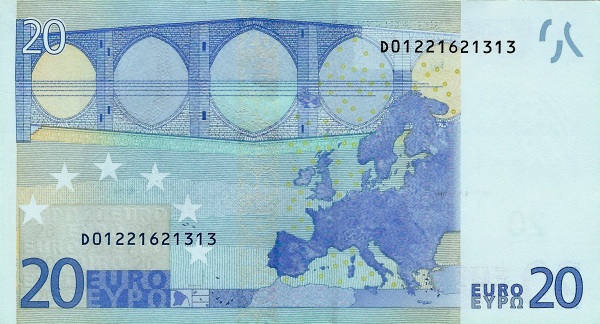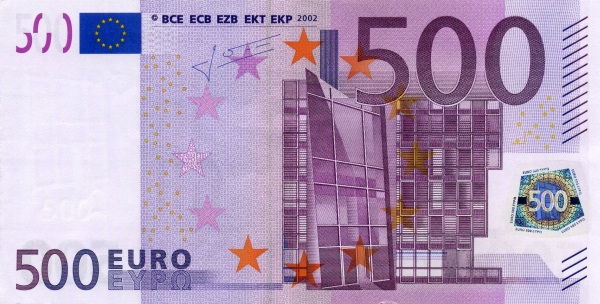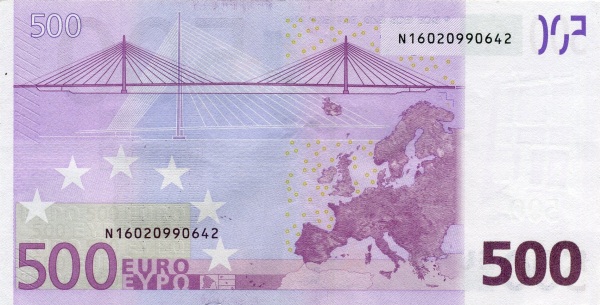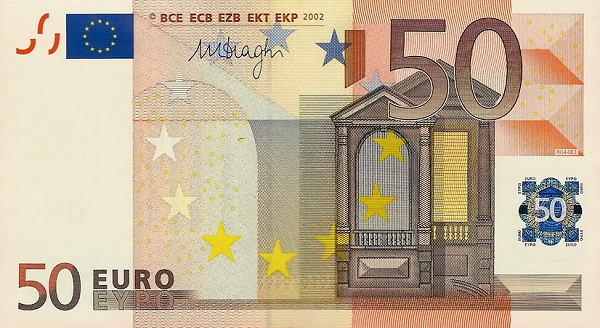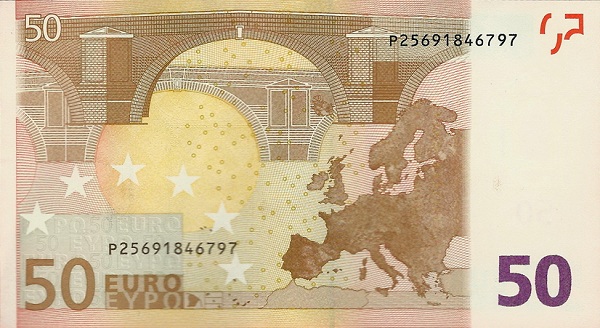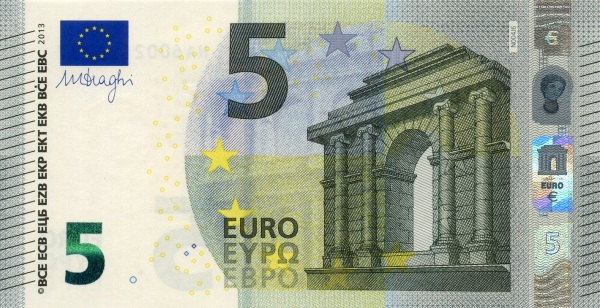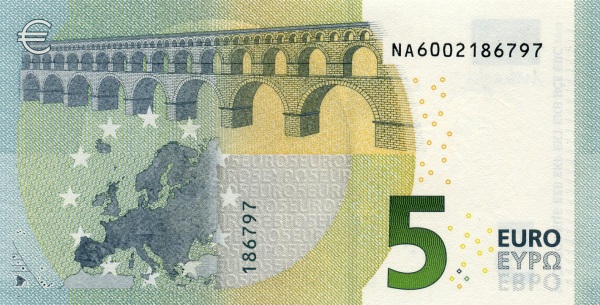Discover the Netherlands: A Unique European Destination
Destination Netherlands, a captivating nation situated in Western Europe, lies between the North Sea to the west and north. This scenic country shares its borders with Belgium and Germany, while also having maritime boundaries with France and the United Kingdom. Characterized by its low-lying terrain, approximately a quarter of the Netherlands resides at or below sea level, covering a total area of 41,543 km². This makes it slightly larger than Switzerland, which spans 41,285 km², and about half the size of the state of South Carolina in the United States.
Historically, the Dutch Dependencies included Caribbean islands such as Aruba and the Netherlands Antilles. However, on October 10, 2010, the Netherlands Antilles dissolved, leading to new statuses for these islands. Curaçao and St. Maarten emerged as autonomous countries within the Kingdom of the Netherlands, while Bonaire, St. Eustatius, and Saba transformed into special municipalities.
Population and Culture of the Netherlands
The Kingdom of the Netherlands boasts a population of approximately 16,785,000 (as of May 2013), with Amsterdam serving as both the capital and largest city. Meanwhile, The Hague (Den Haag) functions as the seat of the government. The official language is Dutch, but you will also hear recognized regional languages such as West Frisian in Friesland, Papiamento in Bonaire, and English is spoken in Sint Eustatius and Saba. This linguistic diversity enriches the cultural tapestry of the country.
A Brief Historical Background
To understand the Netherlands, one must consider its rich history. For centuries, this nation endured foreign rule by various powers, including the Romans, Franks, Burgunds, Habsburgs, and Spaniards. However, in 1648, the Dutch Republic emerged as a free and sovereign state. The 17th century, often referred to as the 'Golden Age', marked a period of increasing prosperity. During this time, the Dutch East India Company (VOC) played a pivotal role in establishing the region as a significant colonial power.
Modern Era and Challenges
In 1815, a significant political change occurred when the northern and southern Netherlands, which includes the present-day Netherlands and Belgium, united to form the Kingdom of the Netherlands. However, this union did not last long; in 1830, Belgium declared independence, forming its own kingdom. During World War I, the Netherlands maintained a neutral stance. Unfortunately, this neutrality came to an abrupt end when Germany invaded in May 1940, leading to a five-year occupation by the Nazis.
The Contemporary Netherlands: Economic Landscape
Today, the Netherlands stands as a modern, industrialized nation, renowned as the third-largest exporter of food globally. This agricultural success, coupled with a strong economy, has made the country a vital player in international trade. The Netherlands was not only a founding member of NATO and the European Union but also actively participated in the introduction of the Euro in 1999.
Government Structure
Despite its vibrant economy, the Netherlands remains a constitutional monarchy, with Queen Beatrix serving as the head of state. The governance structure effectively blends traditional monarchy with modern democratic principles, ensuring representation for its citizens.
Geography and Climate
Geographically, the Netherlands is located in Western Europe, bordered by the North Sea, with its southern neighbor being Belgium and its eastern neighbor Germany. Covering an area of 41,543 km² (16,040 sq. mi.), the nation features mainly coastal lowlands, with an impressive 24% of its land below sea level. The climate in the Netherlands is predominantly temperate maritime, characterized by mild summers and cool winters.
Demographics and Society
The Dutch people, both men and women, are known as Dutchmen and Dutchwomen, respectively. With a population nearing 17 million (2016), the predominant ethnic group remains the Dutch, while significant minority communities include Moroccans, Turks, and Surinamese. The religious landscape is diverse, with Roman Catholics making up 31%, Protestants 21%, Muslims around 5.5%, and others contributing an aggregate of 2.5%. Notably, about 40% of the population identifies as none or non-religious.
Education and Literacy
The Netherlands prides itself on a remarkably high literacy rate of 99%. Education is a paramount value, and the Dutch language is the official medium of instruction. However, English is widely spoken, reflecting the country’s commitment to global connectivity.
Natural Resources and Agriculture
Naturally, the Netherlands boasts a variety of resources, including natural gas, petroleum, peat, limestone, salt, sand, gravel, and fertile arable land. These resources play a crucial role in supporting the agricultural sector, which produces grains, potatoes, sugar beets, fruits, and vegetables, along with livestock farming.
Economic Sectors and Exports
When it comes to industries, the Netherlands excels in several fields, including agro-industries, metal and engineering products, electrical machinery and equipment, chemicals, petroleum, construction, microelectronics, and fishing. The nation stands as a formidable player in global trade, exporting commodities such as machinery, chemicals, and foodstuffs. In fact, Germany takes the lead as the main trading partner, accounting for 24.5% of its exports, followed by Belgium at 11.1%, the UK at 9.3%, France at 8.4%, and Italy at 4.2% (data from 2015).
Imports and Global Connections
The import landscape reflects the dynamic trading environment of the Netherlands. Key imports include machinery, transport equipment, chemicals, fuels, foodstuffs, and clothing. Germany again stands out as the primary source for imports at 14.7%, closely followed by China at 14.5%. Belgium, the USA, and the UK also contribute significantly to the import sector, with percentages of 8.2%, 8.1%, and 5.1%, respectively (2015 data). This diverse network of trade partners underlines the Netherlands' strategic location and economic importance in Europe.
In conclusion, the Netherlands offers a fascinating blend of rich history, diverse culture, progressive society, and robust economy. The balanced amalgamation of modernity with tradition, along with its breathtaking landscapes and vibrant cities, establishes the Netherlands as a noteworthy destination for travelers and businesses alike.
Largest cities of: Netherlands
| City Name | Population | Year of foundation | |
| Amsterdam | 872,757 | 1275 | |
| Rotterdam | 651,446 | 1270 | |
| The Hague | 545,282 | 1230 | |
| Utrecht | 355,810 | 70 | |
| Eindhoven | 241,878 | 1232 | |
| Groningen | 232,636 | 979 | |
| Tilburg | 219,632 | 1232 | |
| Breda | 183,290 | 1250 |
Netherlands: Money
